Embarking on the journey of growing plants from seed is like unlocking nature’s most delightful secrets. For both novice gardeners and seasoned green thumbs, the process of nurturing a tiny seed into a flourishing plant offers a unique sense of accomplishment and wonder. Whether you’re trying your hand at gardening for the first time or looking to expand your horticultural repertoire, starting from seed is an accessible and rewarding endeavor. It opens up a world of possibilities, allowing you to explore a diverse array of plant varieties that might not be available as seedlings at your local nursery.
The joy of seed-starting lies in its simplicity and the profound connection it fosters with the natural world. By choosing easy-to-grow plants, you set yourself up for success, ensuring that your gardening experience is both enjoyable and fruitful. In this article, we’ll delve into a selection of resilient and low-maintenance plants that thrive when grown from seed. You’ll discover step-by-step tips and insights tailored to help you cultivate these botanical treasures with confidence and ease.
With the right guidance, growing plants from seed can become an enriching part of your gardening routine, providing a sense of fulfillment and joy. We’ll explore the essentials of seed selection, preparation, and care, equipping you with the knowledge to watch your garden flourish from the ground up. Together, we’ll embark on this rewarding adventure, transforming tiny seeds into vibrant gardens that reflect your passion and care.
Choosing Beginner-Friendly Seeds
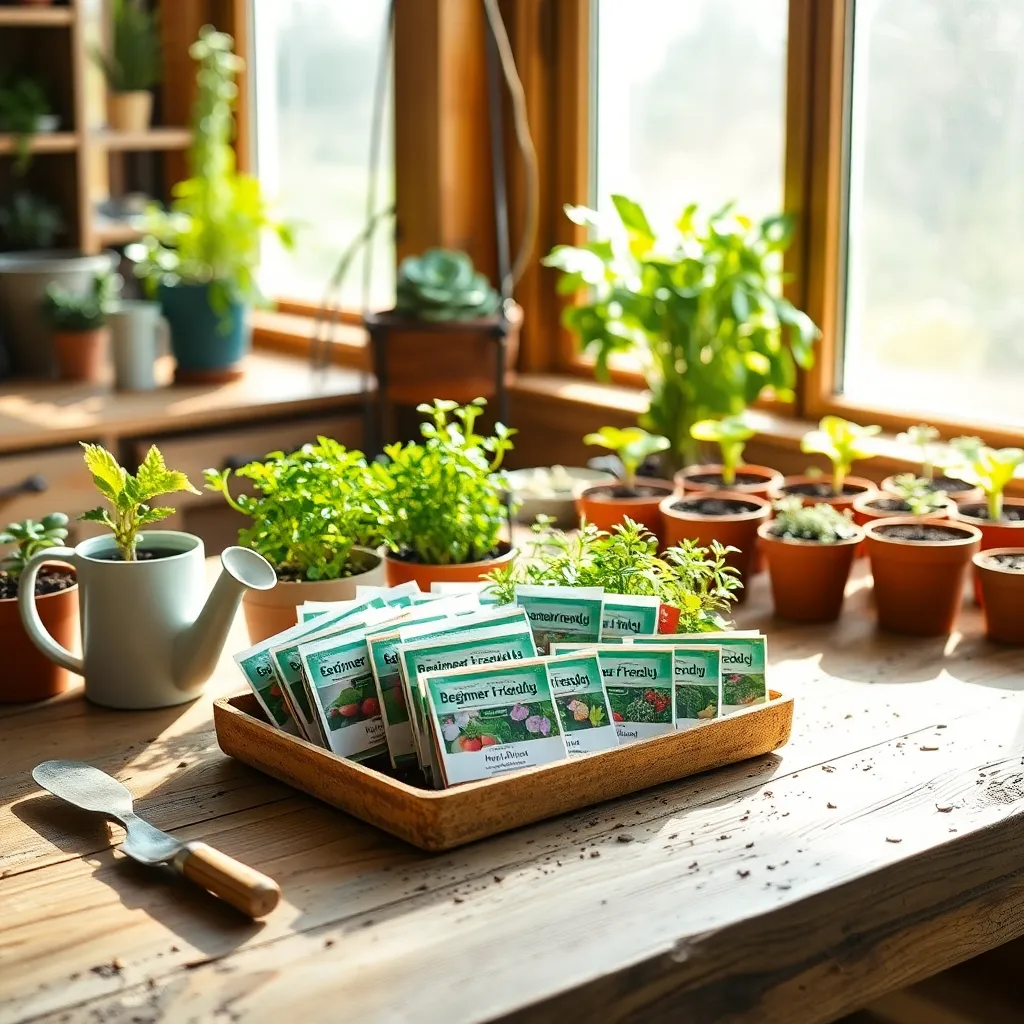
Choosing the right seeds can make all the difference for novice gardeners looking to experience a successful growing season. Opt for seeds that are known for their resilience and ease of germination, such as radishes, peas, and marigolds, as these are forgiving and can thrive with minimal effort.
Consider starting with plants that require straightforward care and are not fussy about their environment. Lettuce, for instance, is a great choice as it grows quickly and can be sown directly into the soil, preferring a location with partial shade and well-draining soil.
For those interested in growing flowers, zinnias are an excellent beginner-friendly option. These vibrant blooms thrive in full sun and only need to be watered when the soil has dried out, making them low-maintenance yet rewarding.
Advanced tip: Start your seeds indoors to get a head start on the growing season, especially in colder climates. Use seed trays filled with a light, well-draining seed-starting mix, and maintain consistent moisture by misting the soil lightly until the seeds germinate.
Understanding Germination Basics
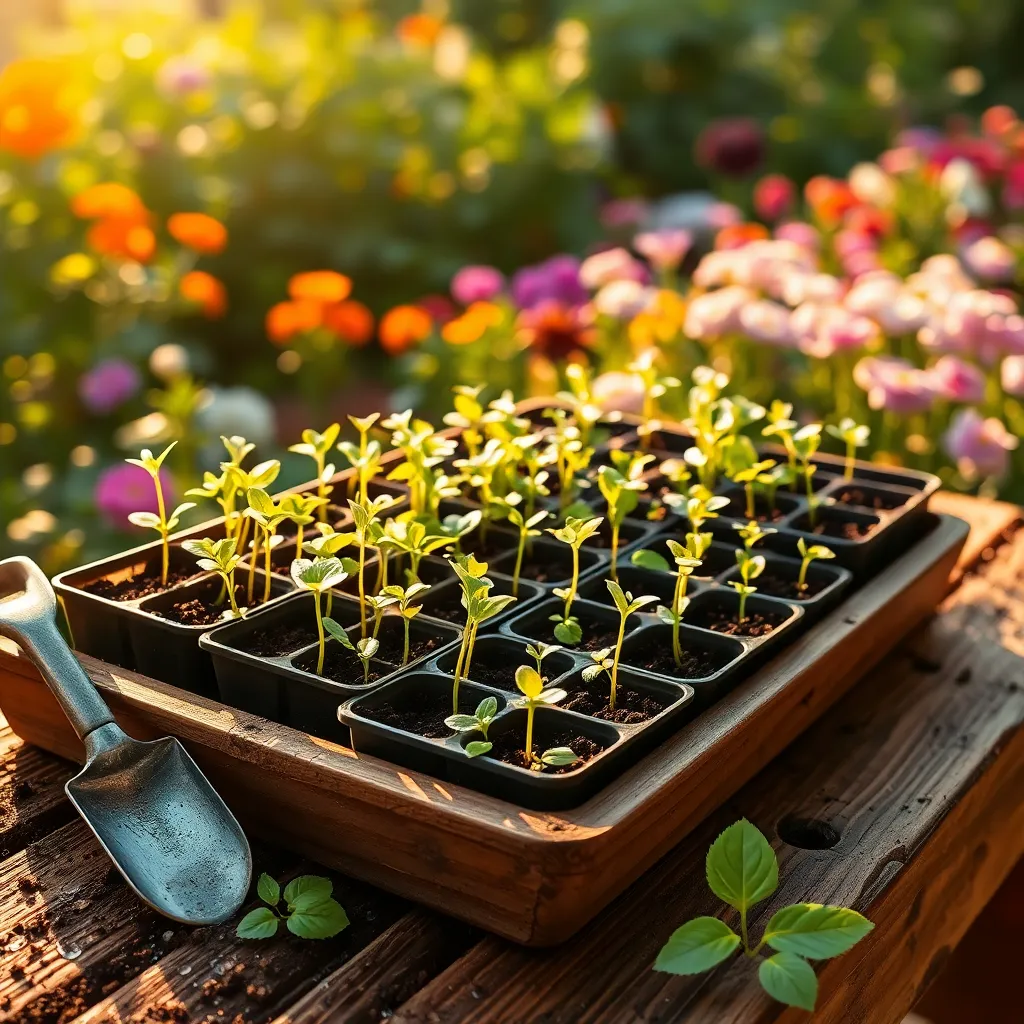
Germination is the process by which a seed develops into a new plant, and understanding this stage is crucial for successful gardening. To start, ensure you have high-quality seeds, as their vitality directly affects germination rates.
Before planting, it’s essential to know that each seed type has specific needs. Some seeds like tomatoes or peppers require a warm environment, so using a heat mat can significantly improve germination success.
Moisture is another critical factor in seed germination. Keep the soil consistently moist but not waterlogged, as too much water can drown the seeds and prevent them from sprouting.
Light also plays a role, although its importance varies by plant type. While seeds like lettuce need light to germinate, others such as beans can sprout in darkness, so be sure to refer to the seed packet for specific requirements.
Top Easy Vegetables to Sow
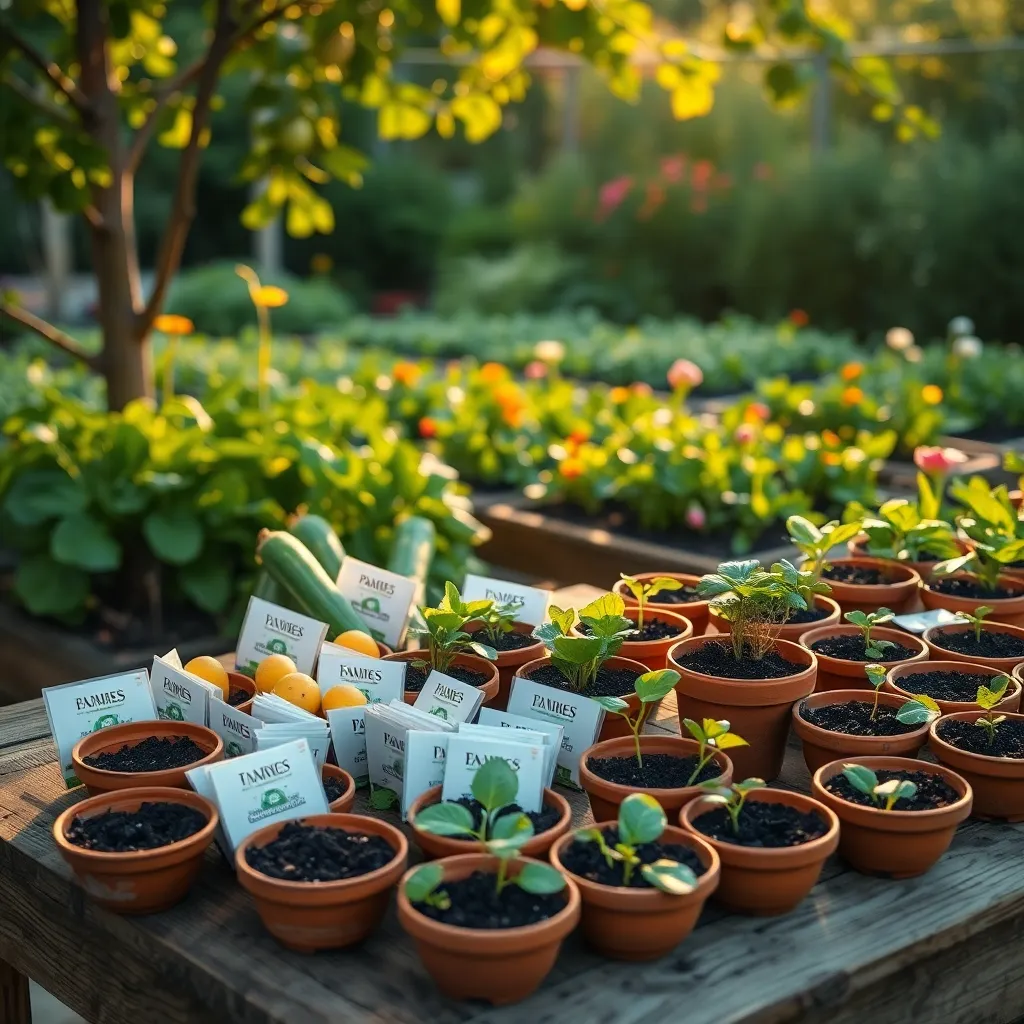
Growing your own vegetables is a rewarding endeavor, especially when starting with easy options like radishes. These root vegetables are perfect for beginners as they germinate within a week and can be harvested in just 4-6 weeks. Ensure they are planted in loose, well-draining soil and keep them consistently moist for best results. Radishes thrive in cooler temperatures, making them ideal for spring and fall planting.
Spinach is another excellent choice for novice gardeners, known for its ease and rapid growth. This leafy green prefers cooler weather and can be sown directly into the garden early in the spring. Spinach requires fertile soil rich in organic matter and regular watering to maintain its lush growth. For continuous harvest, sow seeds every couple of weeks and enjoy fresh leaves throughout the season.
For a vegetable that practically grows itself, consider planting peas. These legumes are not only simple to grow but also improve soil fertility by fixing nitrogen. Directly sow pea seeds in the garden as soon as the soil is workable in spring, and provide a trellis for support as they climb. Peas enjoy full sun and need consistent moisture, ensuring a bountiful harvest within 60-70 days.
Leaf lettuce offers a quick and easy way to add fresh greens to your meals. It’s best to sow lettuce seeds directly into the garden in early spring or fall, taking advantage of the cooler temperatures. Lettuce prefers well-drained, fertile soil and benefits from regular, shallow watering to prevent the leaves from turning bitter. For a steady supply, plant seeds every few weeks and harvest outer leaves as needed.
Simple Herbs for Home Gardens
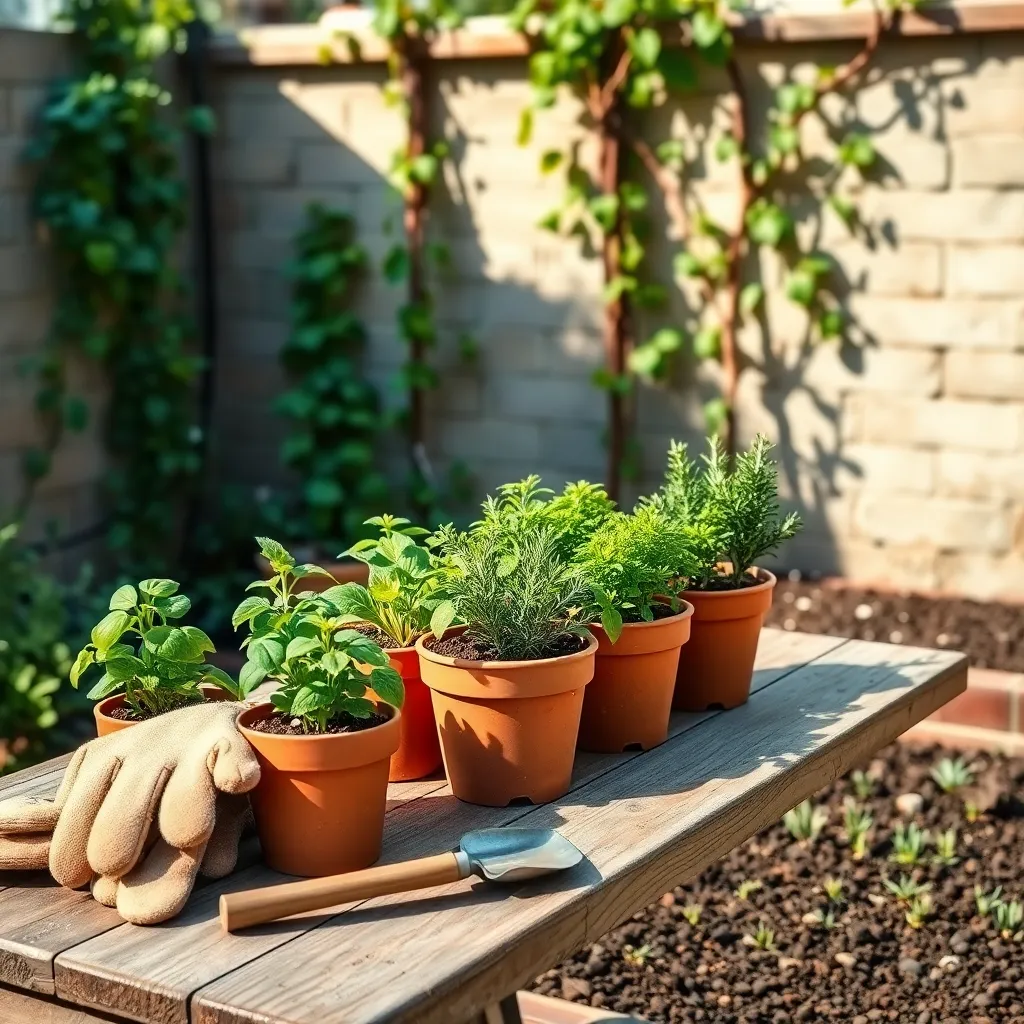
Growing herbs at home is a rewarding endeavor that brings fresh flavors right to your kitchen. Start with herbs like basil, parsley, and cilantro, which are perfect for beginners and can be grown easily from seed.
Basil thrives in warm weather and full sunlight, so plant it after the last frost and ensure it receives at least 6 hours of sunlight per day. Use a well-draining potting mix, and keep the soil moist but not waterlogged to prevent root rot.
Parsley prefers a slightly cooler climate and can tolerate partial shade, making it adaptable to various garden spots. Soak the seeds overnight to speed up germination, and plant them about 1/4 inch deep in nutrient-rich soil.
Cilantro grows quickly and prefers cooler temperatures, so sow seeds successively every few weeks for a continuous harvest. It benefits from a slightly acidic to neutral soil pH, and regular watering helps keep the plants lush and healthy.
For a successful herb garden, consider growing your herbs in containers if space is limited, allowing for better control of soil conditions and moisture levels. Regularly pinch off flowers to encourage bushy growth and prolong the life of your plants. With these simple steps, you’ll be well on your way to enjoying fresh herbs all year round.
Quick-Blooming Flowers to Try
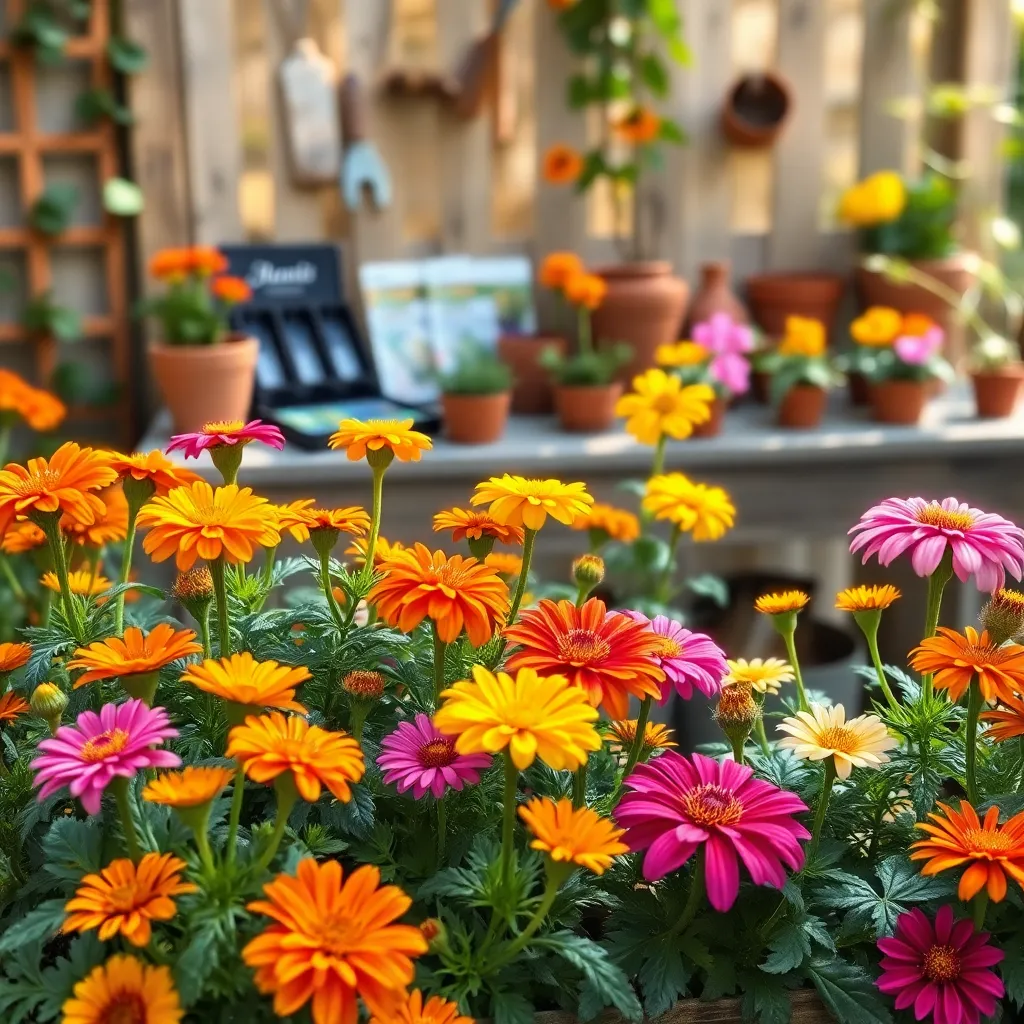
For those eager to see quick results, zinnias are an excellent choice. These vibrant flowers germinate in about a week and can start blooming in as little as 6 to 8 weeks. Plant zinnia seeds in a spot with full sun and well-draining soil to maximize their growth potential. Regular watering, especially during dry spells, will keep them thriving, but be sure to avoid wetting the foliage to prevent disease.
Another fast-blooming option is the delightful calendula, known for its cheerful orange and yellow flowers. Calendula seeds sprout swiftly, and you can enjoy blooms in just 6 weeks. This plant prefers cooler weather, making it ideal for early spring or fall planting. Ensure the soil is kept moderately moist, and deadhead flowers regularly to encourage continuous blooming.
For a touch of elegance and fragrance, consider planting sweet alyssum, which blooms in about 4 to 6 weeks. It thrives in full sun to partial shade and is perfect for borders or hanging baskets. Sweet alyssum requires well-draining soil and consistent moisture, but be careful not to overwater. Pinching back the tips after the first bloom can promote bushier growth and more flowers.
Lastly, don’t overlook the charming cosmos, which are both easy to grow and quick to bloom. These flowers are perfect for filling empty spaces in the garden and bloom in about 7 weeks from sowing. Cosmos thrive in poor to average soil, making them a carefree choice for busy gardeners. Water them sparingly, as they are drought-tolerant and too much water can hinder their growth.
Conclusion: Growing Success with These Plants
As we’ve explored, nurturing relationships shares much in common with cultivating a flourishing garden, especially when starting from seed. We delved into five key concepts: First, the importance of patience and allowing relationships to develop at their own pace. Second, the significance of creating a nourishing environment where love can thrive. Third, the necessity of consistent attention and care to maintain strong connections. Fourth, the value of adaptability and learning from challenges. And finally, the joy of celebrating growth and shared achievements.
To put these insights into immediate action, take a moment today to express gratitude to someone close to you, fostering deeper connections through appreciation.
Remember, relationships, like gardens, require ongoing attention and care. Bookmark this article to revisit these principles as your relationships blossom.
Looking forward, know that embracing these nurturing practices will pave the way for long-lasting, successful relationships. With each small action, you’re cultivating a garden of love and connection, rich with potential and beauty. Empower yourself to nurture these bonds, and watch them grow into something extraordinary. 🌱💞

